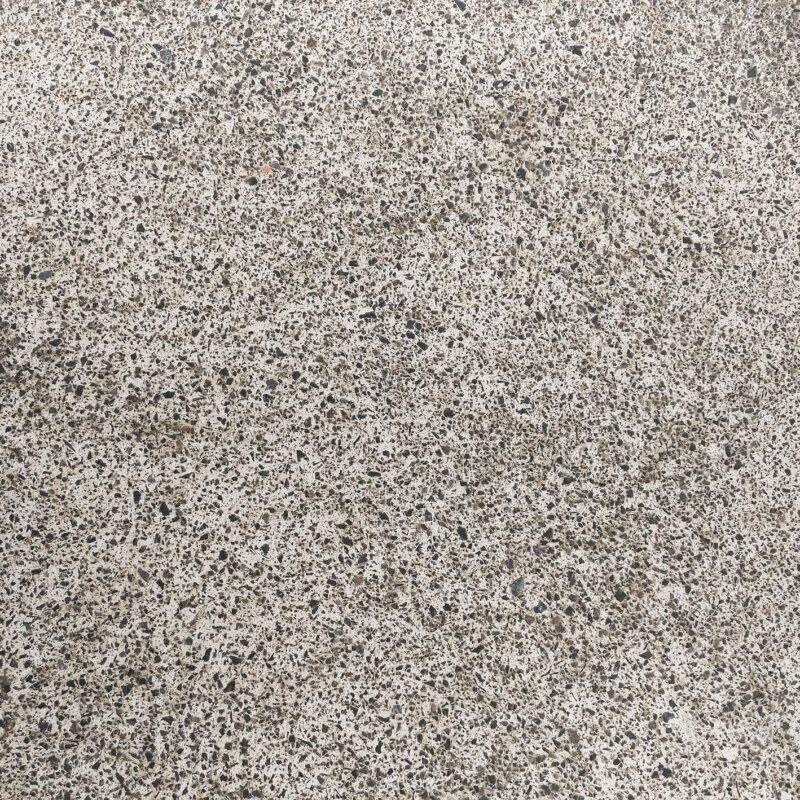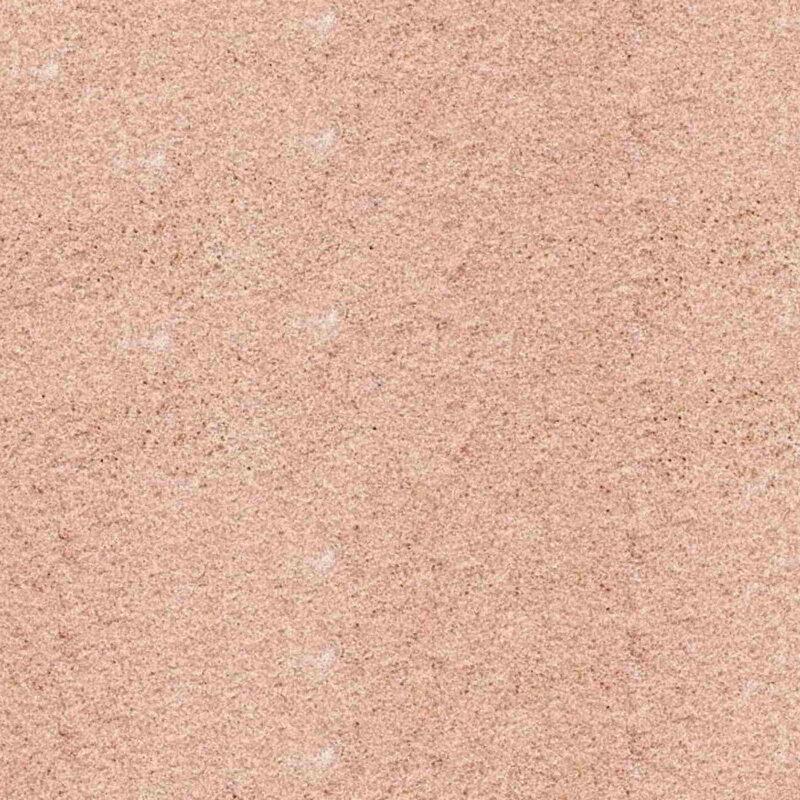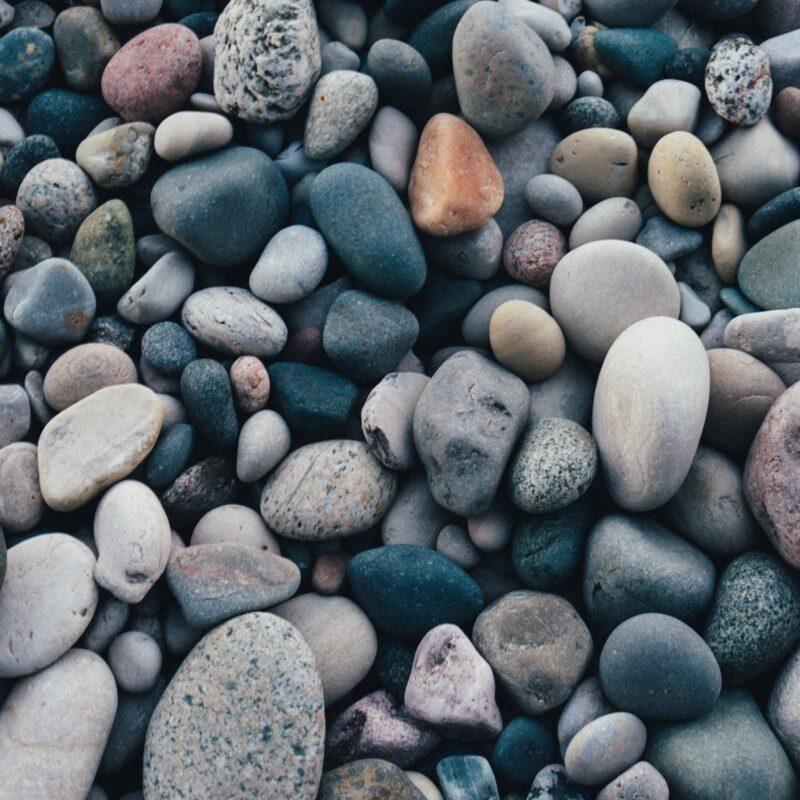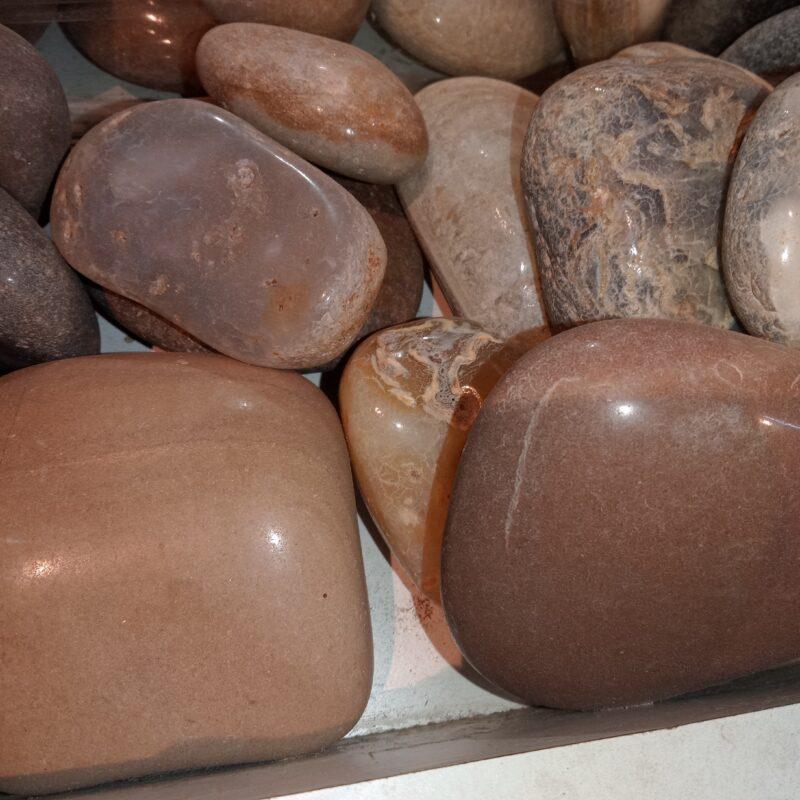Green Marble 1 sqft
₹75.00
Price may vary according to the type of Marble and quality selected.
Description
Green marble is a metamorphic rock formed when limestone undergoes metamorphism. Although other elements such as clay minerals, micas, quartz, pyrite, iron oxides and graphite may be present, calcite (chuna in hindi) makes up the bulk of the composition. The type of minerals involved decide what color the marble will be.
In the process of metamorphism, calcite crystallises into a dense mass of crystals. Heat and pressure turn dolostone into dolomitic marble. When the Earth’s crust is subjected to the heat and pressure of regional metamorphism, it is usual for limestone to transform into marble. Marble is formed by the process of contact metamorphism, which happens when a hot magma body heats neighbouring limestone or dolostone. This phenomenon also occurs at the edges of converging plate boundaries.
Before metamorphism, calcite may be found in limestone as lithified fossils and organic waste. Metamorphism alters the rock’s texture as a consequence of calcite recrystallizing. Tiny calcite crystals are the first step in the process of turning limestone into marble. Rocks that have just been fractured show a sweet glitter of light from their little cleavages when held up to the light.
As the metamorphism progresses, the calcite crystals that join one another become increasingly apparent. The re-crystallization of limestone has concealed the original fossils and sedimentary characteristics that made up the material. Plate convergence causes rock changes, but it does not lead to foliation as it does in altered rocks.
Limestone and marble are separated during the process of recrystallization. Calcite crystals of the tiniest size form when marble undergoes low-grade metamorphism. It is common for the crystals to become bigger as the metamorphism progresses.
The clay minerals in the marble will convert into micas and more complex silicate structures as the metamorphism progresses. Ruby and sapphire gemstones may have a role to play in the formation of corundum, a mineral present in both. One of the largest marble deposits in the world may be found throughout a large portion of land. Every year, millions of tonnes of it are produced at certain mines and quarries.
Dimension stone and sand are the most common uses for marble. For example, crushed stone may be used to build roads and other infrastructure, among other things. Dimension stone is made by precisely cutting marble into precise specifications. Pavements, monuments, and sculptures all make use of these materials. Images and descriptions of marble in many settings and applications may be found on our “uses of marble” page.
It’s not uncommon to see marble described as a white rock. The product will be white if there are no impurities. Colorful marble that contains clay minerals and iron oxides as well as bituminous material is possible.
Using white marble with a high purity level is quite advantageous. To eliminate as many impurities as possible, it is first ground into a fine powder and then processed. The resulting catch is referred known as “whiting.” This powder is used as a colour addition and filler in paint (whitewash), putty (plastic, grout), cosmetics, paper, and other manufactured goods.





Reviews
There are no reviews yet.